GE Profile J2S968TEKWW Manual
Læs gratis den danske manual til GE Profile J2S968TEKWW (48 sider) i kategorien Komfur. Denne vejledning er vurderet som hjælpsom af 7 personer og har en gennemsnitlig bedømmelse på 5.0 stjerner ud af 4 anmeldelser.
Har du et spørgsmål om GE Profile J2S968TEKWW, eller vil du spørge andre brugere om produktet?

Produkt Specifikationer
| Mærke: | GE |
| Kategori: | Komfur |
| Model: | Profile J2S968TEKWW |
Har du brug for hjælp?
Hvis du har brug for hjælp til GE Profile J2S968TEKWW stil et spørgsmål nedenfor, og andre brugere vil svare dig
Komfur GE Manualer




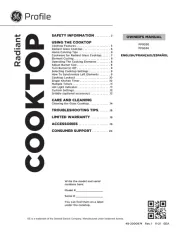
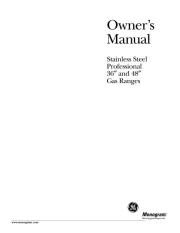
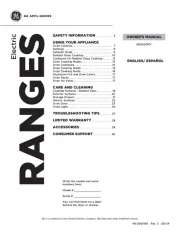
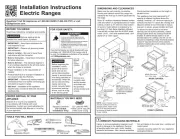
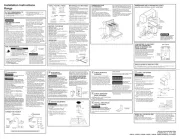
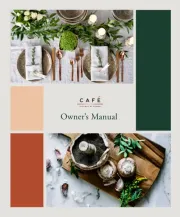
Komfur Manualer
- Proctor Silex
- Atag
- TriStar
- Hamilton Beach
- Xblitz
- Clas Ohlson
- Airlux
- Euromaid
- Point
- FlumenFire
- Blomberg
- Livington
- Duronic
- Trotec
- Porter & Charles
Nyeste Komfur Manualer









